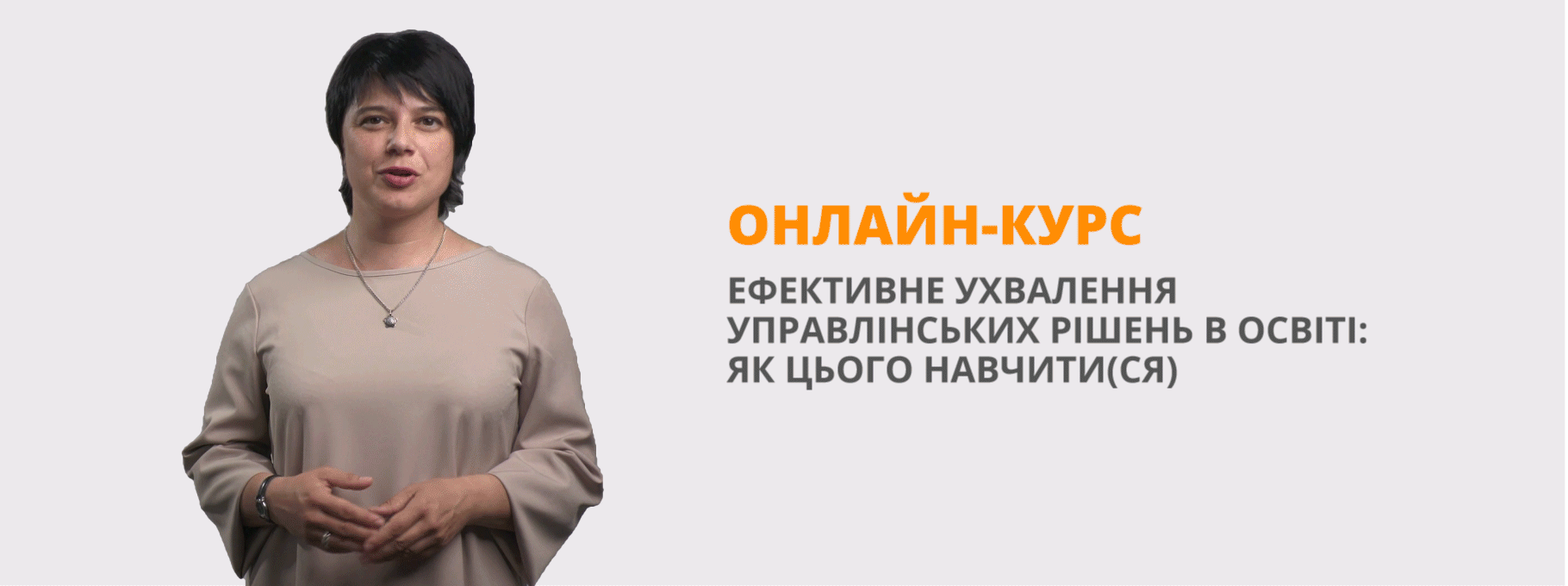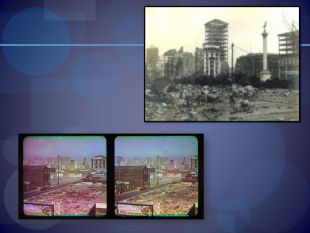Презентація "Global Catastrophes"
Про матеріал
Ця презентація буде чудовим доповненням до ваших уроків.
Тема підходить до розділу про навколишнє середовище.
Цей наочний матеріал допоможе закріпити та систематизувати вивчене на уроці і познайомить вас з глобальними катастрофами в світі
Перегляд файлу
Зміст слайдів
pptx
Оцінка розробки

Безкоштовний сертифікат
про публікацію авторської розробки
про публікацію авторської розробки
Щоб отримати, додайте розробку
Додати розробку






















